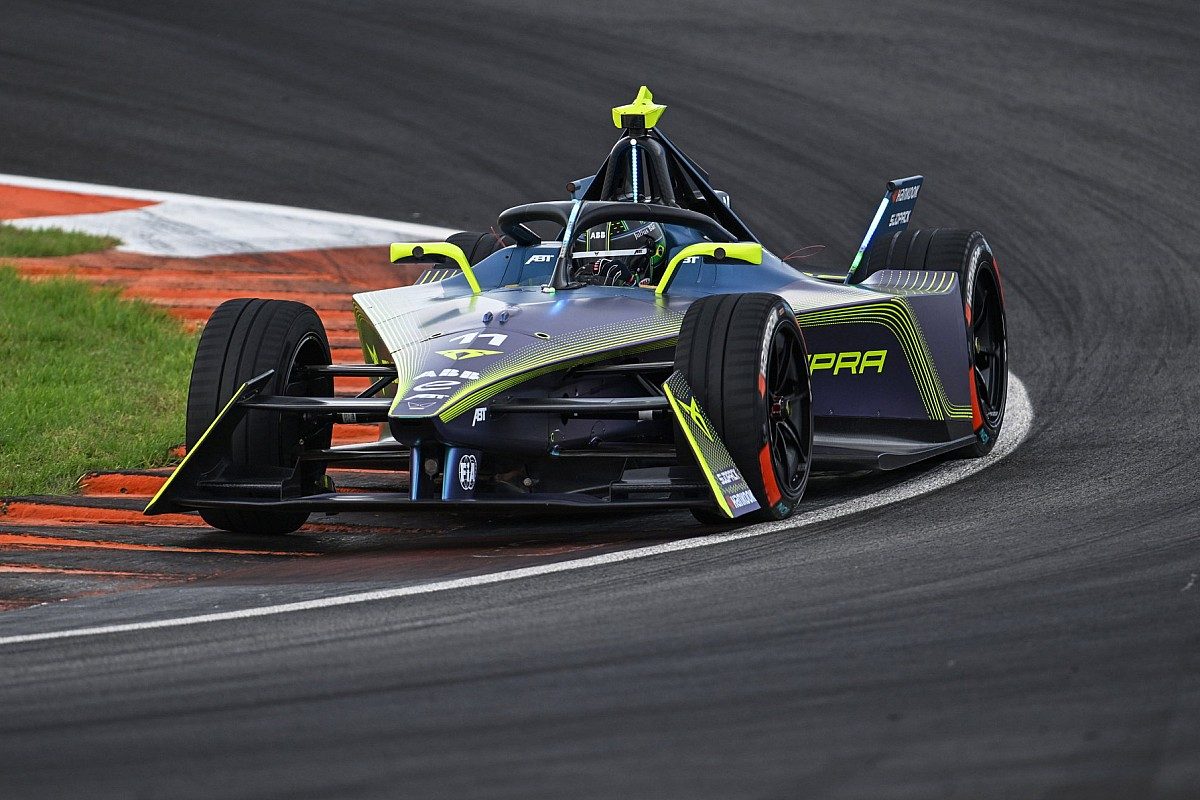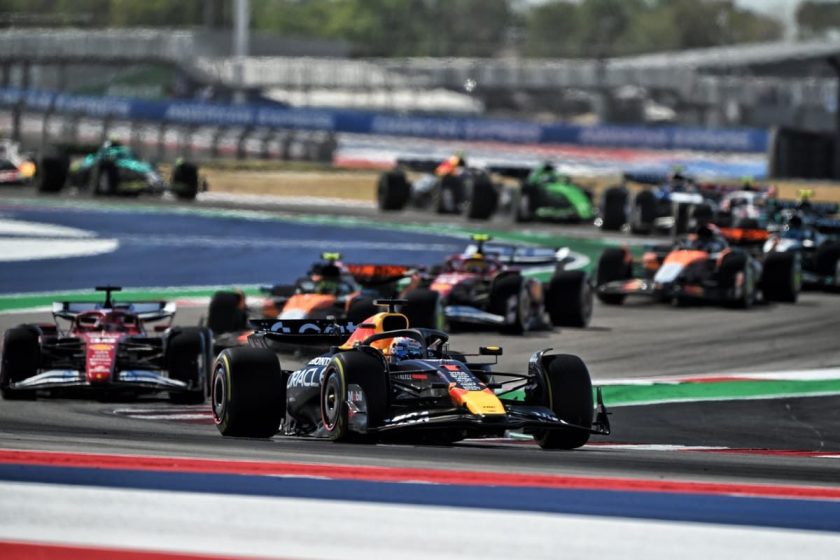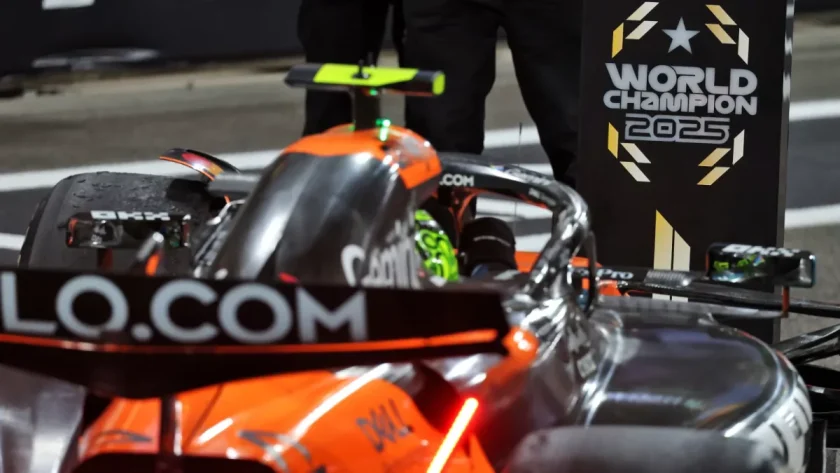P1racenews AI automatic summary:
How tyre development improves a racing driver
I have always been fascinated by the technical aspects of racing and believed that understanding the engineering side would give me an advantage. This proved true when I was able to outperform drivers who may have been more talented but didn’t have the same understanding of how the car works. For me, this aspect has always been just as important as driving skills. One of the most valuable learning experiences in my racing career was when I was involved in the development of Pirelli tires for Formula 1 in 2011-12. We used the Toyota and Lotus chassis to test various tire configurations and learn about their intricacies. This experience was like attending the best school, driving top F1 cars and collaborating with engineers. It provided me with a wealth of insights that I wish I had when I first started in F1. Being able to test around 2000km a year in Formula E was equivalent to almost five full seasons of testing, which greatly benefited my career. We tested a wide range of tire configurations, including some that I didn’t know existed, such as cambered tires with different wall thicknesses and compounds. We experimented with different combinations to understand which tires blistered or grained, and which ones didn’t, on circuits with varying degrees of roughness. Ultimately, the decision on which tires were used in F1 was not up to me, but we worked to provide a range of options that matched F1’s objectives. It wanted to move away from the conservative and stable tires we had during my 2010 season on Bridgestone and provide more flexibility in tire choice. In LMP1 with Audi, tires were crucial because we had the freedom to choose. Michelin provided us with a wide range of options, including a rain compound without grooves and even a night and day tire for Le Mans. Making the right tire choice was essential for optimal performance. Understanding the techniques for generating and managing tire wear was and still is important, and having a good feel for the tires allowed us to make strategic decisions on when to change or quadruple-stint them.
Forrás: motorsport






